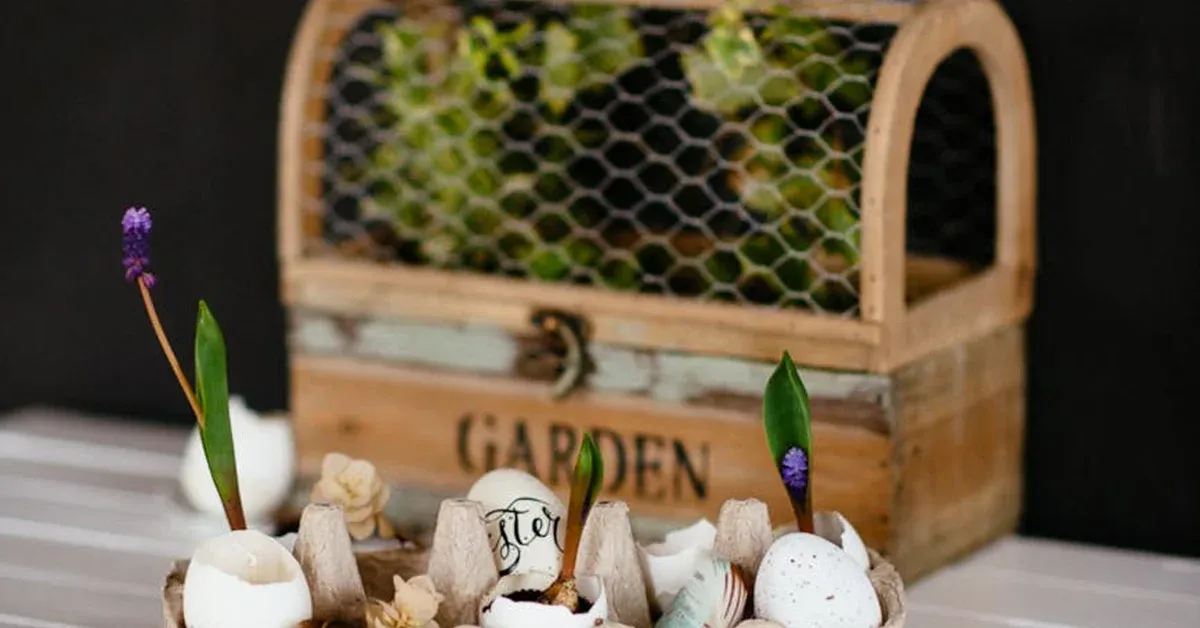
A simple bucket in a culinary school kitchen is starting something big. It’s not filled with fancy gadgets or expensive ingredients. Instead, it holds eggshells that would normally end up in the trash. These shells are headed to local gardens, where they’ll become natural fertilizer. This zero-waste approach turns kitchen scraps into plant food while bringing communities together.
Why Plants Need Calcium
Plants need calcium just like we do. This mineral helps with nutrient transport, enzyme activity, and keeping plants strong. When plants don’t get enough calcium, they develop problems like blossom-end rot. You’ve probably seen this if you grow tomatoes or peppers - that dark, mushy spot that ruins perfectly good fruit.
Eggshells seem like the perfect solution since they’re mostly calcium carbonate. But here’s the catch: whole eggshells break down incredibly slowly in soil. Many gardeners toss shells into their compost or garden beds expecting quick results. Instead, those shells might sit there for years without helping much. The calcium stays locked up, unavailable to hungry plants.
Making Eggshells Work Better
To turn eggshells into effective plant food, you need to process them first. The goal is breaking them down from chunks into fine powder. Many gardeners start by baking the shells. This makes them more brittle and easier to grind while removing any leftover organic matter that might attract pests.
Once cooled, you can use a coffee grinder or mortar and pestle to create an almost flour-like powder. Sprinkle this directly into soil or mix it into potting soil for slow-release nutrition.
For faster results, try making eggshell tea. Soak crushed shells in water, sometimes adding vinegar or coffee grounds. The acid helps break down the calcium carbonate, making it easier for plants to absorb. Some gardeners boil the shells in water, creating a calcium-rich liquid fertilizer that works much quicker than powder.
Remember that not all plants want extra calcium. Acid-loving plants might actually be harmed by too much. Know your plants before adding any amendments. Resources like egg shell fertilizer guides can help you understand which plants benefit most. Adding processed shells improves soil structure and adds minerals, as research from Michigan State University Extension shows.
Building Community Through Waste Reduction
What makes this culinary school approach special is how simple and scalable it is. Any restaurant, community center, or large household could do the same thing. Instead of sending shells to landfills where they create methane emissions, they become local resources. This saves money on commercial fertilizers while building environmental responsibility.
Repurposing kitchen scraps isn’t new. Our grandparents were experts at using everything twice. The wisdom found in Grandma’s Zero-Waste Secrets shows how every scrap had purpose. This culinary school applies that same thinking to modern life, connecting food preparation with sustainable gardening.
The project doesn’t need fancy technology or huge investments. It just needs a separate container, understanding of plant nutrition, and people willing to try something different.
This humble eggshell project changes how we think about waste. It shows that with curiosity and willingness to separate and process scraps, even something as ordinary as eggshells becomes valuable. From preventing plant diseases to strengthening community connections, this simple hack proves small local efforts can have big environmental impacts. It’s not just feeding plants - it’s feeding an idea that innovation often means seeing potential in what we throw away.